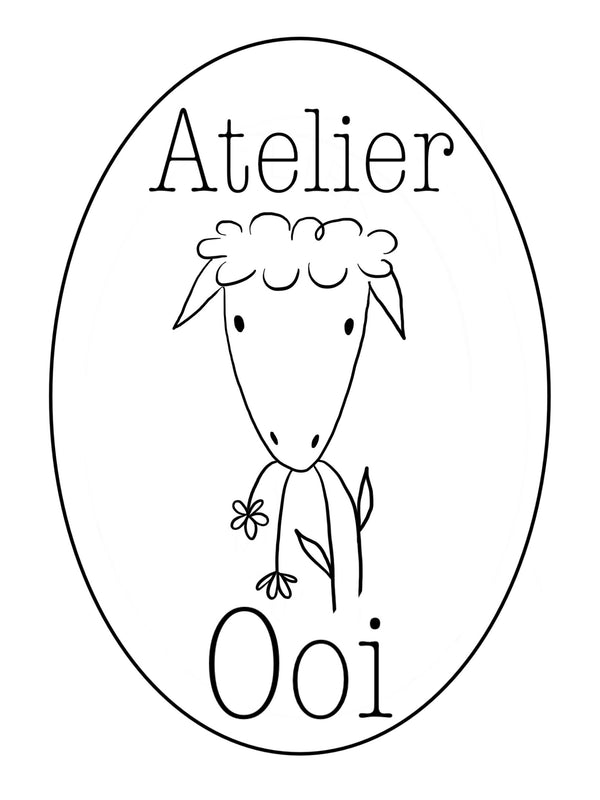
Benefits of garments made from untreated, natural sheepwool
The fall of wool and hope for its rise
Before the widespread use of synthetic fibers in the mid-20th century, humans exclusively wore clothing made from natural materials, with wool being one of the most important. For centuries, wool was a primary textile, valued for its warmth, durability, and comfort. However, with the advent of synthetic fibers, which are cheaper and require less labor to produce, natural wool was gradually pushed aside. Sheep, like all wool-bearing animals, naturally shed their fleece, but over thousands of years, humans selectively bred sheep that no longer shed their wool naturally. Instead, they now require human intervention (shearing) to release their fleece. Unfortunately, the rise of synthetic fibers has created a significant problem for sheep farmers worldwide, as the process of shearing and handling wool waste has become a costly and challenging issue. Despite this, wool remains one of the most remarkable and sustainable textile materials, with countless benefits for both people and the planet.
When it comes to choosing clothing that’s not only sustainable but also functional, garments made from untreated, natural sheep wool stand out for their unique properties. Unlike most fabrics, which often undergo extensive processing, untreated wool retains many of its remarkable natural characteristics, offering both comfort and environmental benefits. Let’s dive into why this wool is truly a special choice for both you and the planet.
Thermoregulation: Warmth When You Need It
Wool is known for its exceptional thermoregulation properties. This means it keeps you warm when it’s cold and cool when it’s hot. The structure of wool fibers allows them to trap air, forming tiny pockets that provide insulation. What’s even more fascinating is that untreated wool can continue to regulate your body temperature even when it’s wet. When wool gets wet, it still retains its insulating ability, making it an ideal fabric for cold, damp conditions. Whether you’re hiking through a winter wonderland or caught in an unexpected downpour, wool will continue to keep you warm.
Fire-Resistant: A Life-Saving Property
Did you know that untreated wool is naturally fire-resistant? Wool fibers have a high ignition point, which means they are less likely to catch fire compared to synthetic fabrics. This is one of the reasons wool is used for firefighter undergarments. The natural flame resistance of wool helps reduce the risk of burns, even in extreme conditions. This inherent property of untreated wool makes it a safe and reliable choice for workwear in industries where fire hazards are a concern.
Eco-Friendly and Biodegradable
When it comes to sustainability, untreated wool is a star. Unlike synthetic fibers that take centuries to decompose, wool is biodegradable. This means that when your wool garment reaches the end of its life, it will break down naturally, returning to the earth without leaving harmful chemicals or microplastics behind. Choosing untreated wool means making a conscious decision to reduce your environmental impact. It’s a material that doesn’t just support your body, but also the planet.
Why "Superwash" Treatment Is Harmful
In contrast to untreated wool, many garments today are treated with a process called "superwash" to make the wool machine-washable and less prone to felting. While this treatment offers convenience, it comes with a significant downside. The superwash process involves the use of chemicals that strip wool of its natural properties, including its lanolin coating, which helps with water resistance and thermoregulation. At the end of the process, the wool is typically coated with a plastic or resin finish, which not only eliminates its biodegradability but also causes it to release microplastics. Additionally, the chemicals used in superwash treatment can (and in most cases do) have a negative environmental impact, contributing to water pollution and harming aquatic ecosystems.
A sustainable choice for you and the planet
Untreated, natural sheep wool offers incredible benefits: water resistance, thermoregulation, moisture-wicking, fire resistance, and biodegradability. By choosing untreated wool over chemically processed alternatives, you’re supporting both your body and the environment.
This is why my small yarn dyeing studio is dedicated to working with untreated, natural wool yarns from trusted, ethical sources.
Let’s make the conscious choice to wear natural, sustainable materials that not only protect us but also preserve the world around us.
